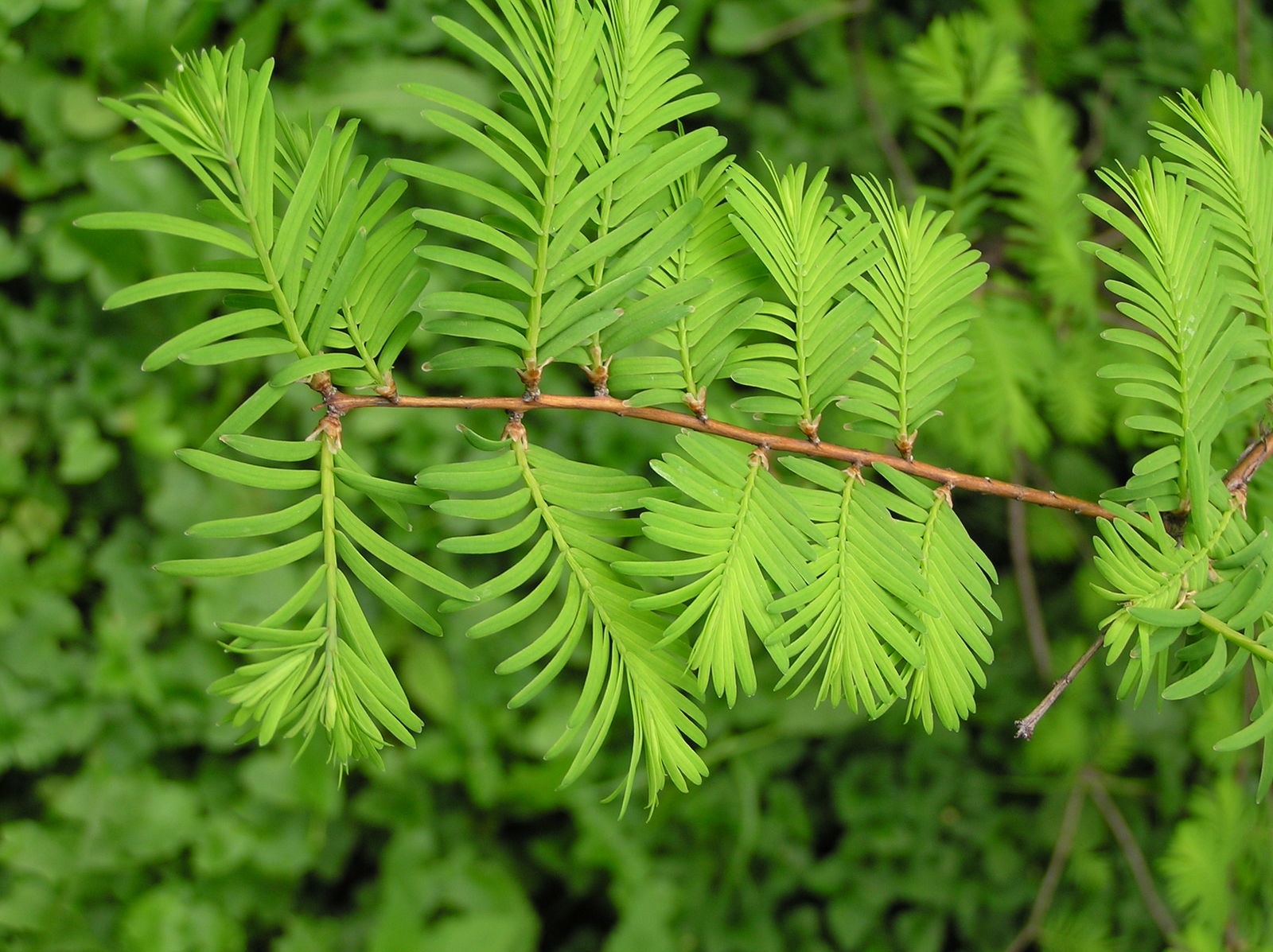
Genus name comes from the Greek words pseudo meaning false and Larix meaning larch, which it resembles. Other deciduous conifers include dawn redwood ( Metasequoia glyptostroboides) and bald cypress ( Taxodium distichum). We encourage users to add photos, offer commentary and suggest edits to the individual records. Synonymous with Pseudolarix kaempferi and Chrysolarix amabilis. Welcome to American Conifer Society’s proprietary conifer database, loaded with information, photographs, growth rates, hardiness statistics and historical data. Metasequoia glyptostroboides ‘Hamlet’s Broom’ is a compact form of Dawn Redwood with creamy white variegated foliage in spring, changing to bright green in summer and becoming golden yellow to deep russet in fall before needle drop as winter approaches. Specimen at University of Alaska Museum, Fairbanks, Alaska. The needles of Pseudolarix are usually longer and broader than those of the larches. University of Minnesota Herbarium: Vascular plant collection. Pseudolarix primarily differs from the larches ( Larix) in cone morphology: (1) cones are larger, (2) male catkin-like cones appear in clusters rather than singly, (3) female (fruiting) cones disintegrate and fall to the ground as soon as the seed ripens, and (4) cone scales are tapered to a point. Bark on mature trees is fissured and reddish-brown. This is one of the original 1948 US plantings C.J. An ornamental specimen at Green Lake, Seattle, Washington. A tree in Hubei Sichuan Institute of Biology (Raven et al. Young foliage and immature female cone from an ornamental specimen C.J. Erect reddish brown fruiting cones (to 3”). 4 Most conifers are evergreen however, species such as dawn redwood ( Metasequoia glyptostroboides ), golden larch ( Pseudolarix amabilis ), bald cypress ( Taxodium distichum ), and all species of larch ( Larix spp. Metasequoia glyptostroboides (dawn redwood) description. Needles (to 2.5” long) appear primarily in tuft-like clusters on spur-like short shoots. It is perhaps best noted for its soft green foliage (light green above and blue-green below) that turns golden yellow in fall before dropping. It is typically seen in cultivation as a 30-60’ tall tree, but can grow to as much as 120’ tall in the wild.


It is a slow-growing, broadly-conical tree with horizontal branching and drooping branchlets that often grows as wide as it does tall. It is a deciduous conifer that closely resembles the true larches (genus Larix). Pseudolarix amabilis, commonly called golden larch, is native to coastal mountain areas in southeastern China.


 0 kommentar(er)
0 kommentar(er)
